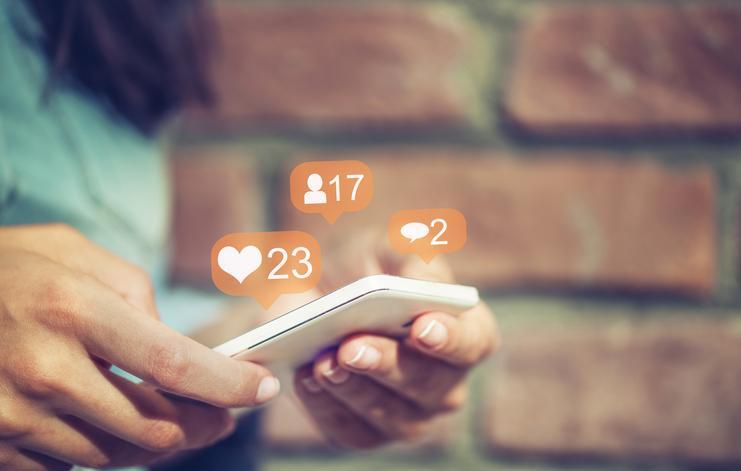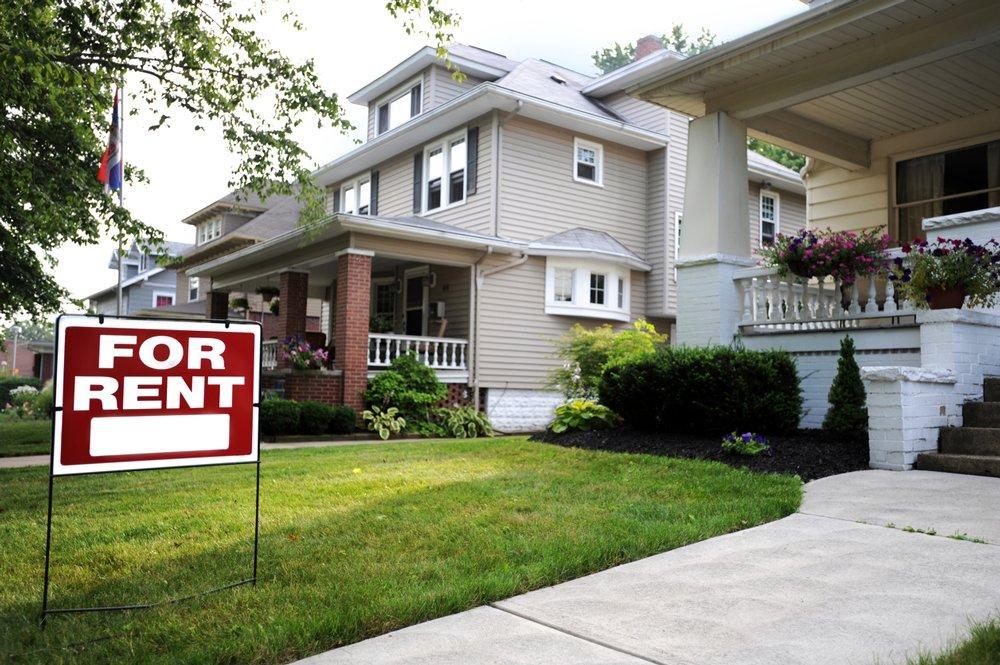If you’re anything like me you know that you should have an emergency preparedness kit, just like you should have your tires rotated every 10,000 miles, but you don’t. An emergency preparedness kit is one of those things I never thought about, until disaster struck and I actually needed one. Don’t wait until you’re in the same position. Take a few hours this weekend to put your emergency preparedness kit together. Here are some the items you should include.
The Essentials
Food – You will want to fill your kit with canned foods like packed chicken or tuna, fruit, vegetables, soup, and milk. Other items that have longer shelf lives include crackers, granola bars, peanut butter, trail mix, cereal, cookies, chocolate, hard candy, instant coffee and creamer, tea bags, and sugar. Ensure that you have enough food to last you 30 days. If you have a pet, take their needs into consideration.
Water – You should have a minimum of one gallon of drinking water per person per day, with at least one week’s worth (seven gallons) of water in your kit. If you have small children, a special needs family member, or you live in a hot climate, you should have more than that. All water must be stored in clean plastic containers.
First Aid Kit with Medication – You can purchase assembled first aid kits or you can create your own. If you create your own, make sure your kit contains several sizes of band-aids, antiseptic wipes, splinter material, surgical masks, cotton swabs, gauze pads, adhesive tape, scissors, cold and hot packs, non-latex gloves, tweezers, mosquito repellant, lip balm, sunscreen, peroxide, aloe vera lotion, rubbing alcohol, and antibiotic cream/spray. Your first aid kit should also include pain relievers, allergy medication, and prescription medication. Be sure to keep all prescription medication in its original packaging.
The Basics
In addition to food, water, and medication, following is a list of supplies you should have in your emergency preparedness kit:
· Flashlight
· Battery-powered radio
· Extra batteries
· Waterproof matches
· Multi-purpose tool that includes a can-opener, knife, and screwdriver
· Bath wipes
· Toilet paper
· Hand sanitizer
· Aluminum foil
· Backpack
· Cash (suggested minimum of $200 in small dominations), credit cards, and checks
· Cell phone with extra battery and charger
· Compass
· Entertainment items such as books, cards, travel board games
· Extra set of glasses or contacts, if needed
· Identification, including photo ID and health insurance cards
· Local area maps
· Napkins
· Paper and pencil
· Personal hygiene items such as soap, toothbrush and toothpaste, a comb, and feminine products
· Plastic storage containers
· Plastic trash bags
· Plastic utensils, paper plates and cups
· Sleeping bag with pillow
· Sunglasses
· Tape
· Towels
· Travel alarm clock
· Travel sewing kit
· Watch
· Whistle
Creating Your Emergency Preparedness Kit
Clearly, everything on this list won’t fit in an overnight bag. You will likely need a few plastic storage bins to contain all items. You should stack and store items in an easy to access location such as a garage or basement.
Personalize the List
This post contains the basic items all emergency preparedness kits need. To ensure you have everything you need in your kit, it’s a good idea to create a checklist of your own. Use the above list as a starting point – either print this post out or copy and paste the information contained in this into a Word or Excel document and add your own necessary items.
Hopefully you will never need your emergency preparedness kit but on the off chance you do, you’ll be prepared. What else do you feel is essential to include in a kit?



